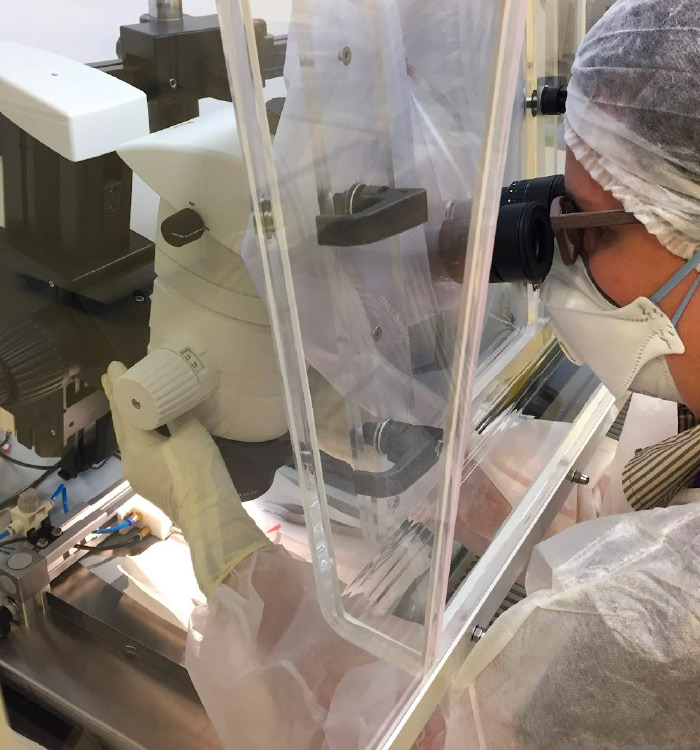Evidence / Results
BIOASTER has achieved the following results:
- Bioluminescent Carbapenem sensitive strain of A. baumannii that is validated in vitro and in vivo
- Bioluminescent Carbapenem resistant strain of A. baumannii that is validated in vitro and in vivo
- Improve the sensitivity of in vivo imaging to follow drug efficacy below the current limit of detection
Advantages
The use of bioluminescence technology allows to perform a longitudinal monitoring. The consequences is the reducing of animal number (this has a positive ethical impact: 3R) as well as a smaller quantity of product. The approach provides a simultaneous monitoring of the kinetic of infection (in real time) and optimization of treatment (by monitoring infection burden in target organ).
Potential Applications
Hospital-acquired infections are causing problems at hospital level and are having a growing financial impact. Mainly due to gram-positive bacteria, mainly A. baumannii. A. baumannii increasing, with more and more resistance.
There is a high need for a model enabling monitoring over time, with imaging targeted to Pharma company (large and smaller) which focuses on nosocomial A. baumannii infections (and ESKAPE in general).
In a drug discovery pipeline, such technology may be used at the end of lead- optimization (between lead-optimization and drug candidate declaration).
Outlook
The technology is ready to be implemented for partners’ and clients’ projects. The technology is currently ready to perform the evaluation of compounds and their efficacy.
To constantly improve its technology, BIOASTER will be happy to enter into collaboration to
- Enlarge its library of clinically relevant strains having different resistances
- Constantly improve the model to increase its representativity.
- Customize the model to each partner specific questions and needs.


